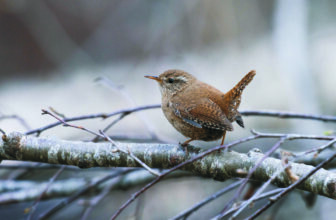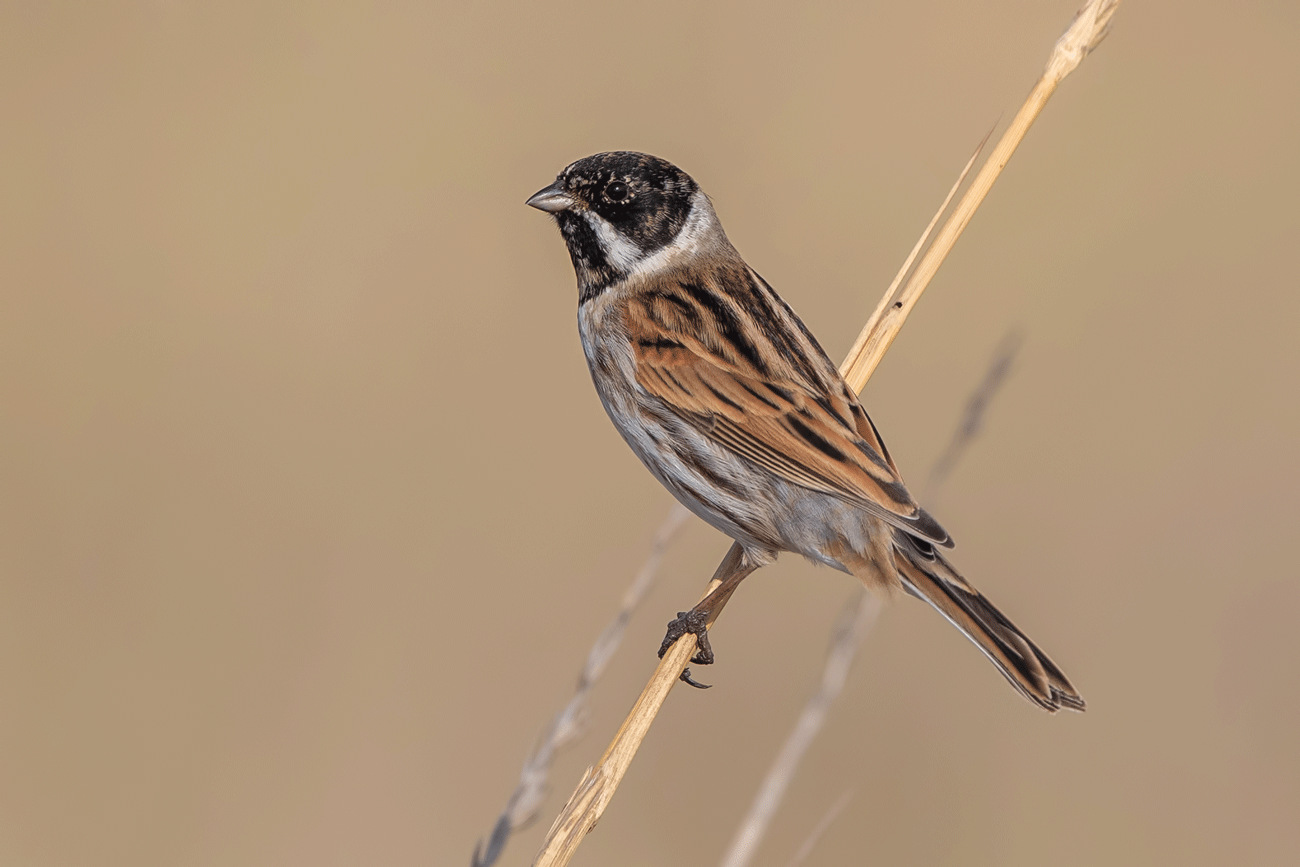
Main picture: Reed Bunting (Emberiza schoeniclus)
The story so far…last month I reported my progress in trying to see 120 bird species in and around Cranleigh during 2022 – and I paused my story after hitting a century.
Number 100 was a Sand Martin near the end of last April and it left me with eight months to try and find 20 additional species and to reach my target.
As there are only around 105 bird species typically seen in and around Cranleigh during a full year I knew I was up against it and the weather, and some luck, would play a big part. It did!
The 5th of May brought a double delight – the year’s first Swift swirled around the sky high over the garden after rain showers, a typical arrival date for this species.
An evening jaunt up to the Hurtwood proved successful with my earliest ever record of the magical and mysterious African visitor – a Nightjar. It was not yet giving its haunting churring song but was betrayed in the darkness by its call as it left its tree branch perch: ‘Rick! Rick.’ They all call one another that…
No doubt the nocturnal security guards parked in a four-wheel drive down one of the tracks, protecting the set of yet another production filmed for weeks in the forest, got edgy when the bird let rip with its earie engine-like mechanical voice.
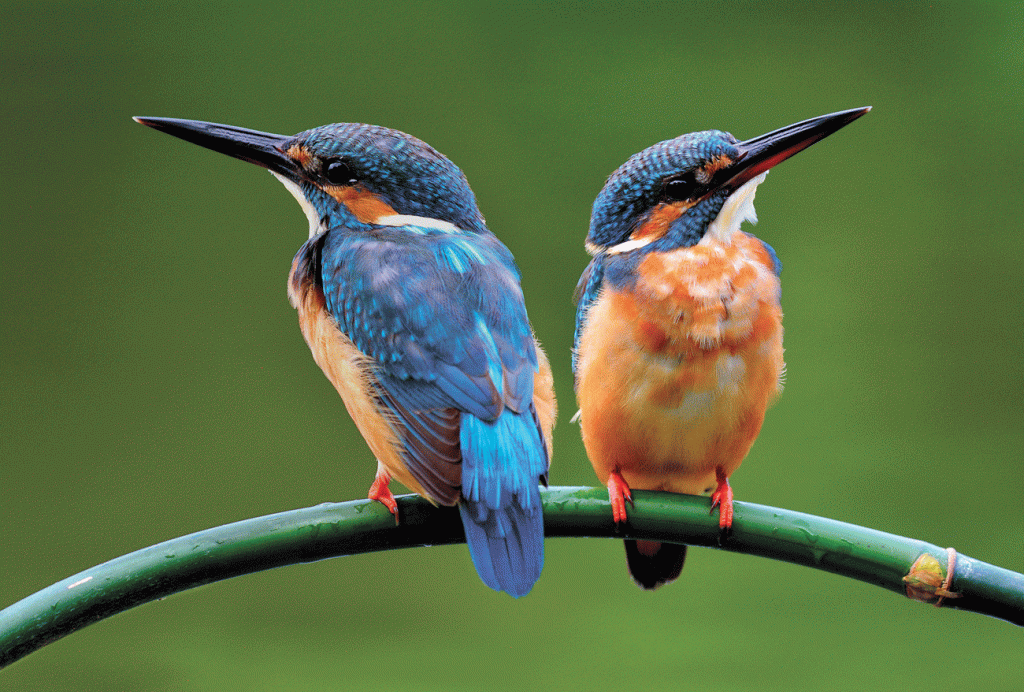
Next day I enjoyed delightful sightings of a pair of Kingfishers, soon followed by a dashing Hobby falcon, plus other regular seasonal visitors.
Down on a Ewhurst farm the increasingly rare visiting Spotted Flycatcher was spotted flying off from a tall dead tree. That day I was glad to finally add another Surrey resident to my list – a Reed Bunting.
Within seconds my attention was then taken by the rattling of a north-east African visitor, a Lesser Whitethroat. I had tried various sites over many days for both this and the Bunting but these were the only ones of their kind I came across locally all year.
Although new sightings then tailed off, June and July brought other colourful fliers to enjoy – butterflies. But the fierce drought also did a few birds a favour.
It downed waders I never expected and would not usually have seen here – my first local Green Sandpiper, then another new Cranleigh record for me in the shape of a Greenshank. These were followed by a September Dunlin that stayed only briefly. All appeared on the same muddy margins of a fast-disappearing little pond at an old farm.
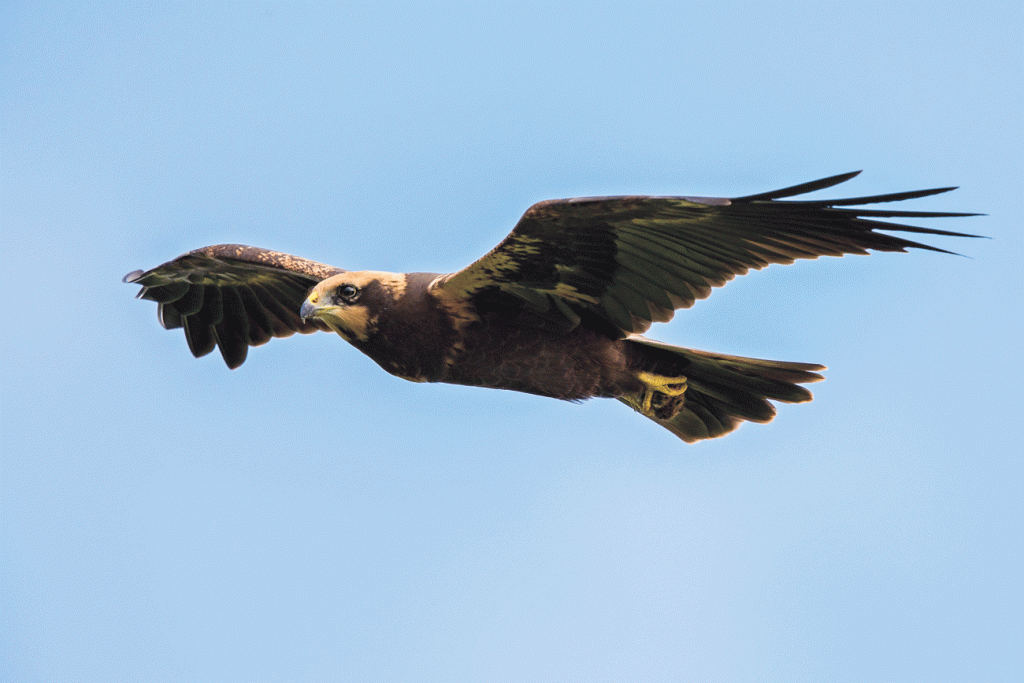
Meanwhile I had caught up with an excellent ‘first’ for the garden the previous month, a juvenile/female-type Marsh Harrier. Once on the brink of UK extinction this raptor is increasingly seen in Surrey.
My suspicions were aroused as it approached and I soon realised it was not one of the usual Buzzards. Its golden crown markings and flash on the forewings helped confirm its identity. It was only the second I’ve seen in Cranleigh and I was jubilant. If it had flown in the opposite direction then it would have gone down as ‘the one that got away.’
Migrating Whinchats were another August feature, turning up as they normally do on bracken beside a field deliberately managed for nature at a thoughtful Cranleigh farm.
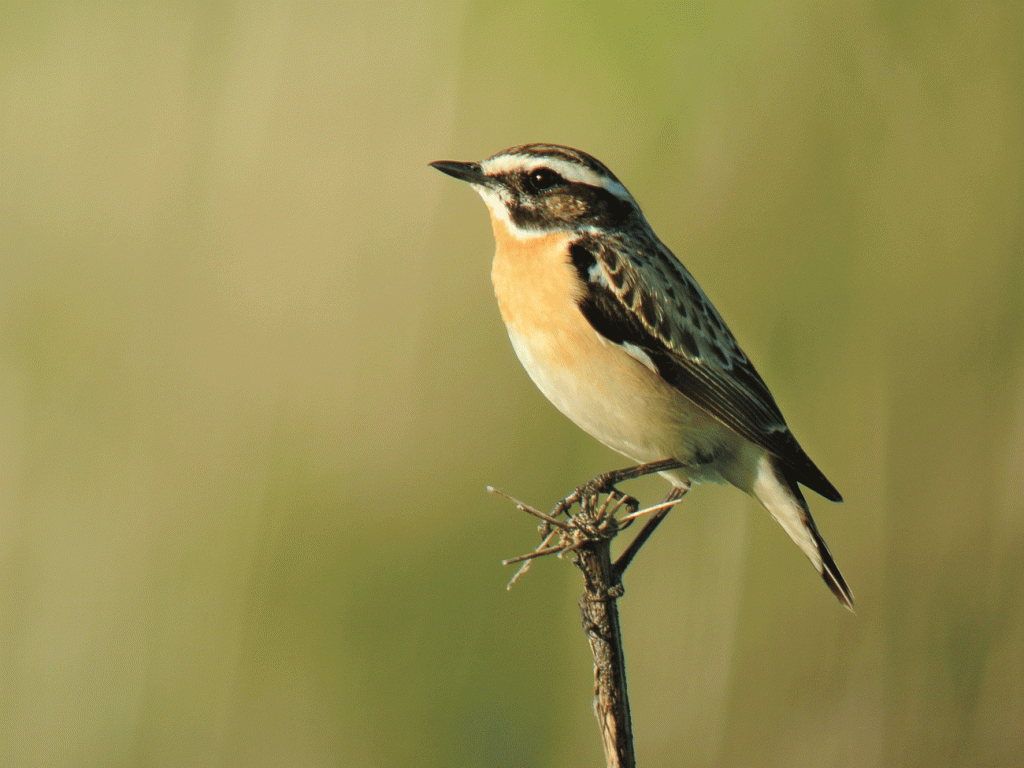
The breeding season’s end also brought another once extremely rare raptor in Britain which has experienced a change of fortunes. An Osprey!
This one, drifting low over my head from behind, was a prize surprise. Sadly, it did not hang around to fish for one of the carp in the pond in front of me.
I was within touching distance of my target but all was quiet until later in October when a pair of early morning Ring Ouzels, mountain and moorland birds returning south from northern parts, headed south-west over Hurtwood Park Polo Club on easterly winds. Just what I’d been looking out for! Half a dozen were seen in the Surrey Hills that day.
Now what? I was keeping my eye open for the elusive Hawfinch, particularly as there had been various reports of a small influx of these highly mobile nut crackers.
A week later, what joy it was late one overcast afternoon after rain when I twice saw one of these locally rare birds flying around trees before apparently going to roost. Its stubby tail, dumpy body and bold white wing bars clearly showed.
As the evenings drew in, I tried for the 11th time for a resident bird that had eluded me all year. Barn Owl. I’d drawn a blank at eight sites already. This time I waited over an hour and a quarter and was just about to give up because visibility was poor.
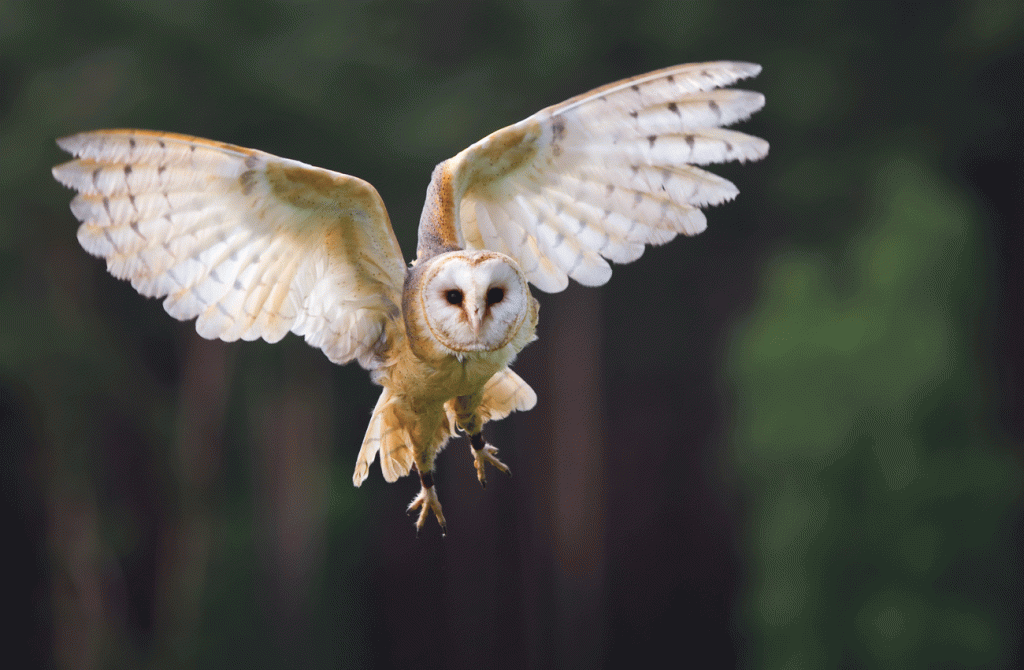
As I started to walk back to the car, I turned one more time and in the distance off the Downs Link …suddenly there it was! What’s more it flew 400 metres straight towards me.
I moved into a hawthorn hedge and watched mesmerised as it approached, quartering either side of the footpath until it was only 20 metres away. It paid no notice to me whatsoever and twice it unsuccessfully dived down for prey but came up from the grass empty taloned.
The Owl flew past me, to the accompaniment of 20 Mandarin ducks flying about nearby, and then doubled back for an encore. Binoculars were unnecessary and I was amazed how the plumage just shone out of the gloom. What a beauty!
So now I was on 117, well above any previous local annual record, with over two months to go. Things were getting tense. Early in December I hit 118 with some hoped-for Pochard, returning for the winter.
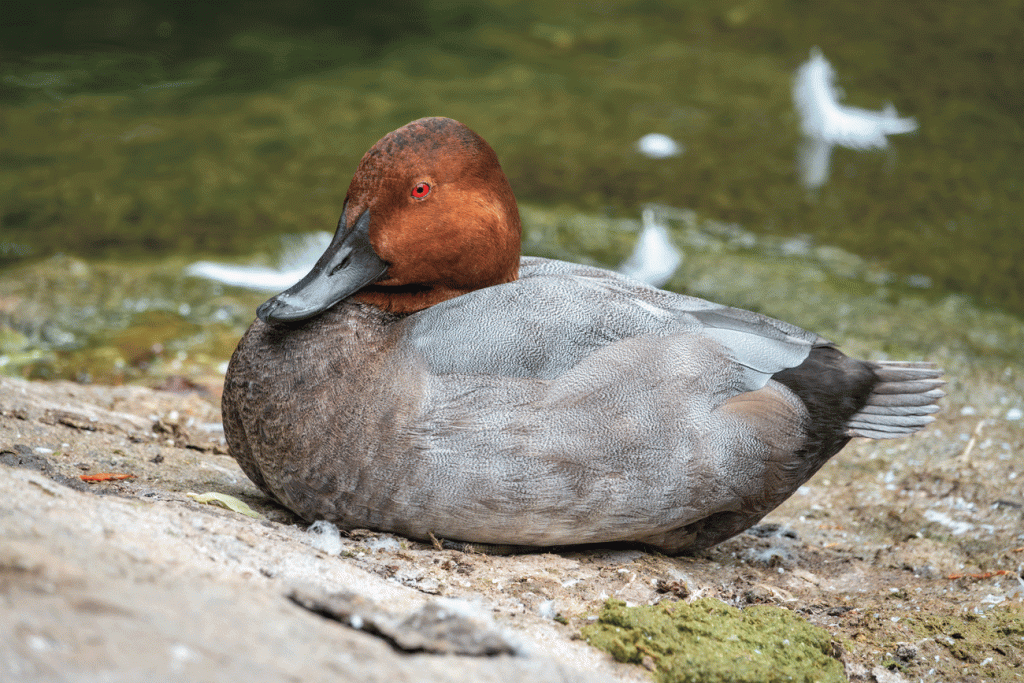
Two species remained as possibilities. Firecrest, like the Goldcrest our smallest bird, and the shy and diminutive Jack Snipe, a bird I have never seen here. There is always a chance in wet winter places but we don’t have much of the right habitat.
A Firecrest even once appeared in my garden and I’ve previously seen many. I thought I would bump in to one all the year through but could I find one? No. It was not to be. I even made specific trips to sites where they have been seen before. Nowt but Goldcrests trying to fool me.
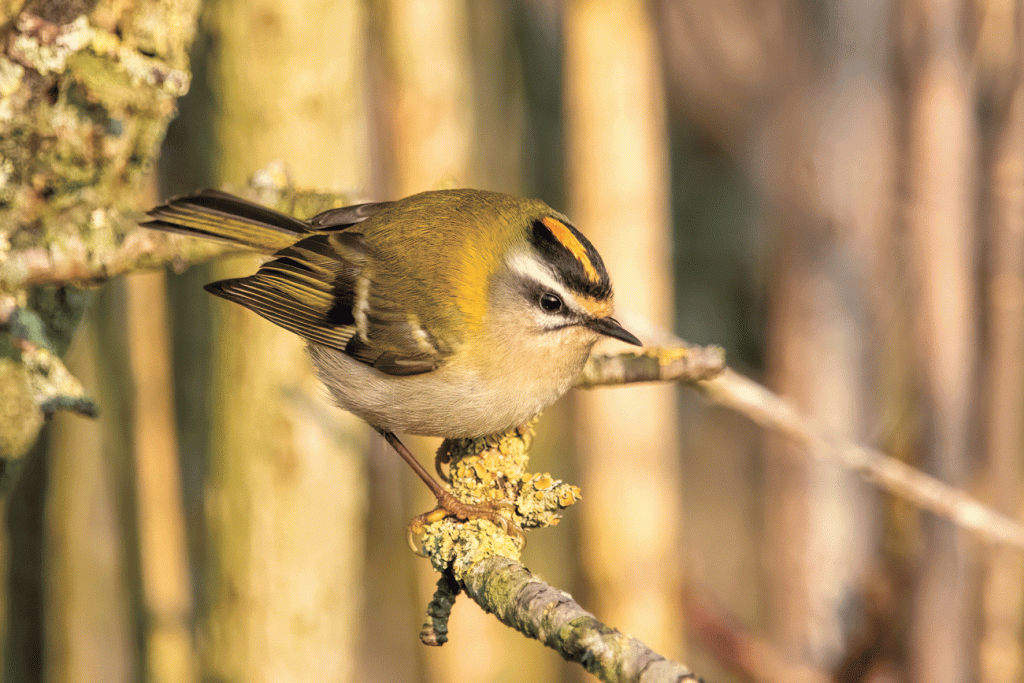
As for the Jacks – incessant rain and local floods put paid to any hopes I had. Likely fields and marshy habitat had turned into lakes. As I said, weather plays a big part in success and failure.
So did I hit the 120? Well, err – yes! I did see that number in the wild in and around Cranleigh. Trouble is that two of them were not truly wild. Two Whooper Swans on an estate turned out to be releases and the other – a Snow Goose type look alike – was clearly an escape from captivity.
However, a passing Curlew and Redstart were also reported by other observers so our area truly did host at least 120 species, a larger diversity than many people would think possible.
I’m giving it another go this year and we will see what the weather brings. I’ve a list of other possibilities I missed in 2022. If they all turned up with a few surprises then even 130 might be possible.
And don’t get me started on how many species might be possible if Cranleigh had a well-managed local nature reserve featuring a variety of habitats.
Twitter – @Crane_Spotter



